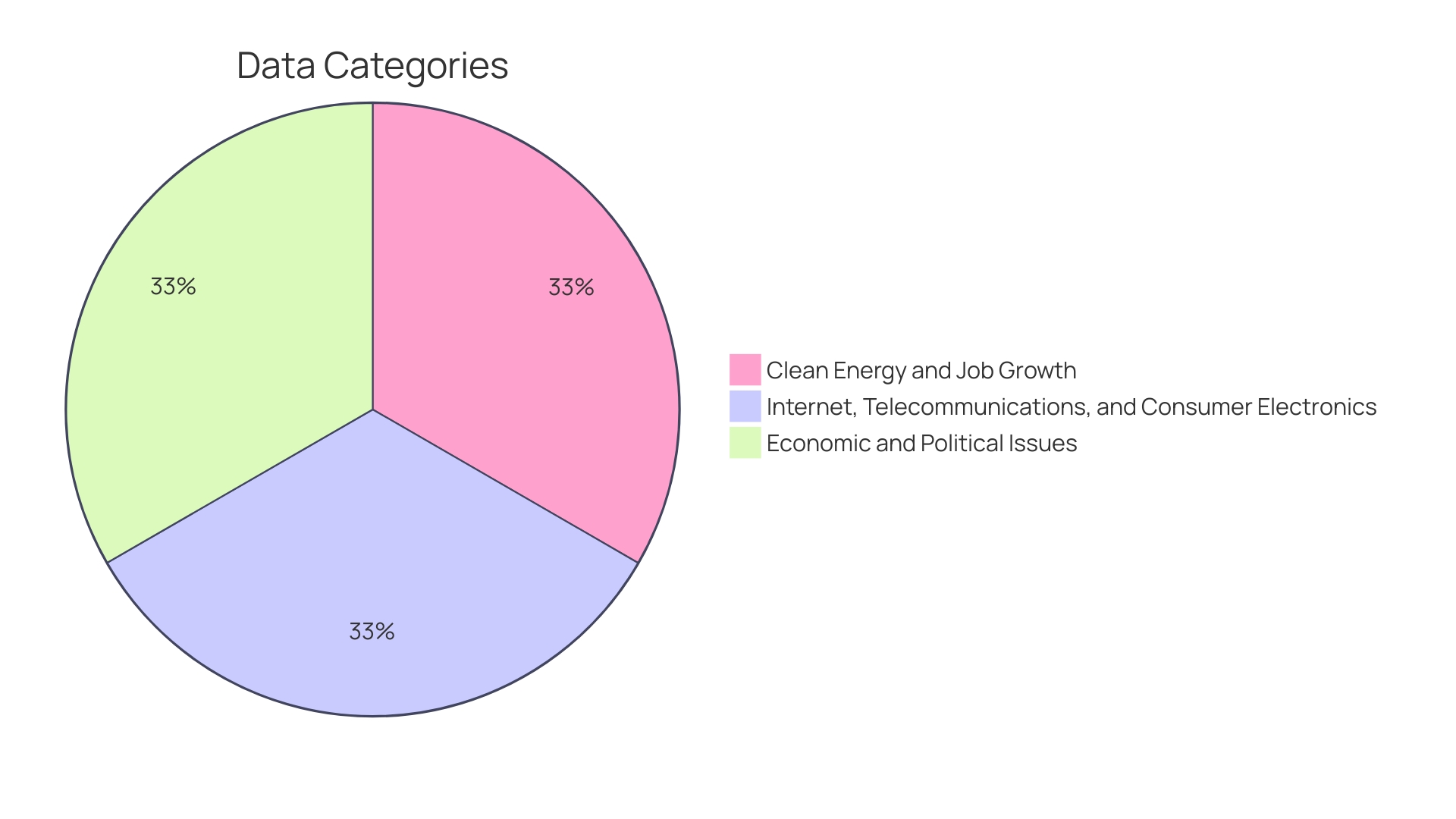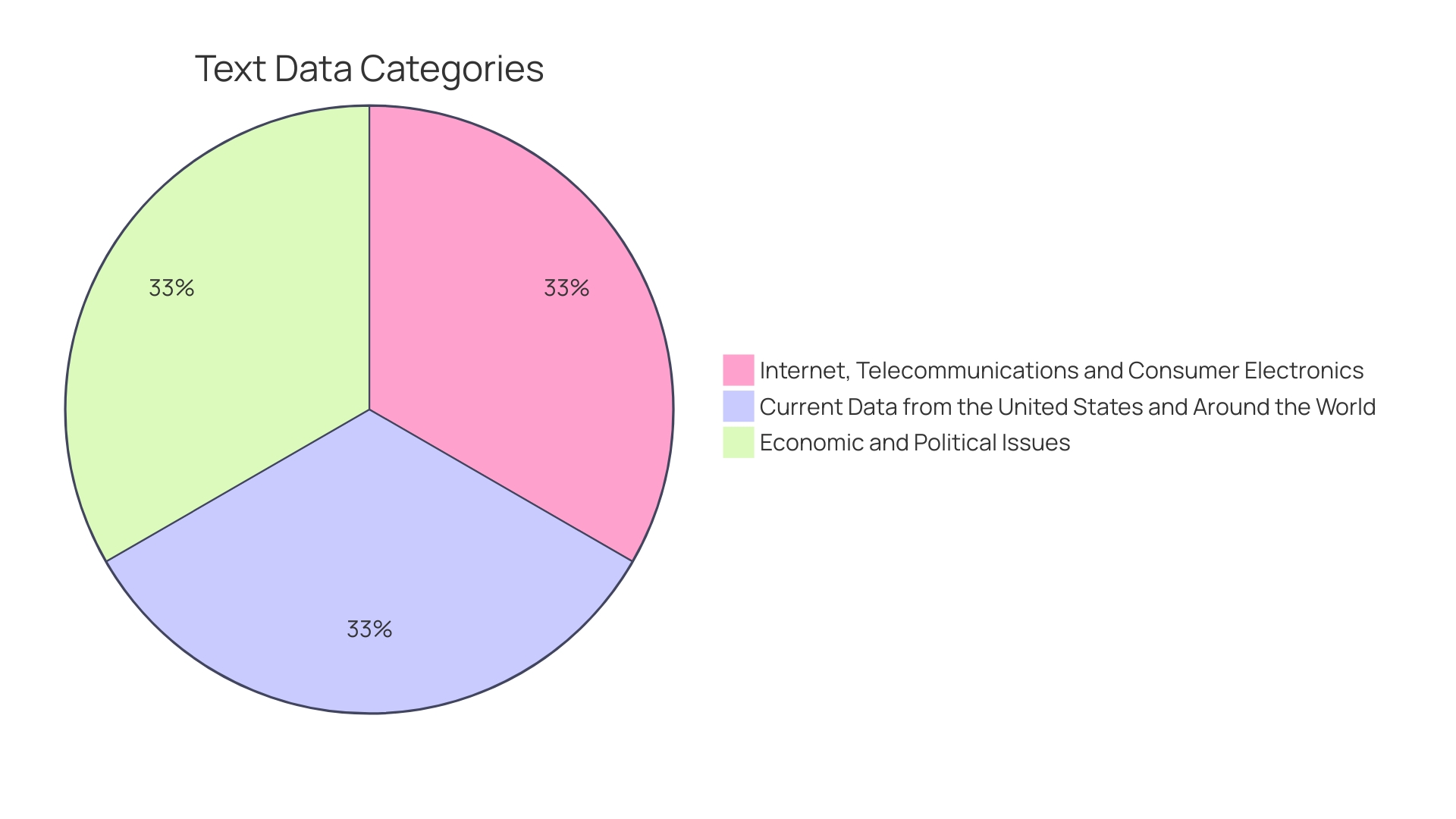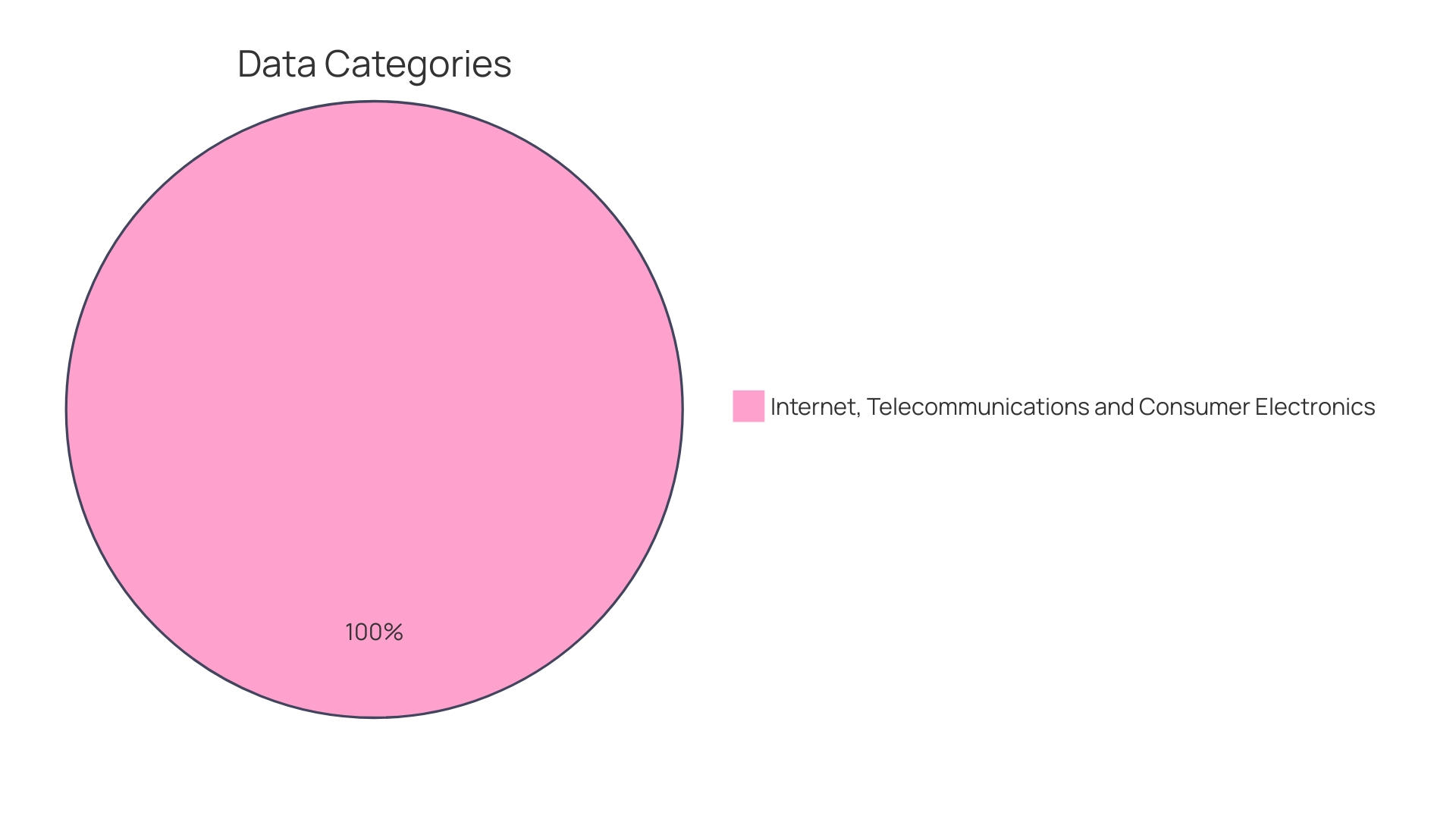Introduction
The global shift towards renewable energy is not only driving sustainability but also fueling employment growth in the clean energy sector. According to the International Renewable Energy Agency (IRENA), the industry provided jobs to over 11 million people worldwide in 2018, with a significant increase in subsequent years. This surge in employment aligns with the global push to achieve renewable energy goals and reduce reliance on fossil fuels.
The renewable energy workforce expanded by 3.5 million jobs in 2022, reaching a total of 67 million, as reported by the International Energy Agency (IEA). This growth is attributed to investments in clean energy technologies, particularly in solar power and wind energy. The affordability of solar power and the cost competitiveness of wind energy are contributing factors to this upward trend.
Additionally, the transition to renewable energy is creating job opportunities in grid modernization, skilled labor shortages, and regional job gains and losses. However, challenges remain, such as the need to bridge the skills gap and ensure workforce readiness, and the importance of achieving a just transition that promotes equity and inclusivity in the clean energy sector. Overall, the clean energy transition presents a promising landscape for job creation and economic development worldwide.
Global Trends in Clean Energy Employment
The transition to sustainable power has accelerated job expansion within the industry. The International Renewable Energy Agency (IRENA) emphasized that the renewable power sector employed over 11 million individuals globally in 2018, indicating a significant rise from the years before. This positive employment trajectory aligns with the global momentum to achieve renewable power goals and reduce dependence on fossil fuels. In 2022, the worldwide power sector's workforce grew to 67 million, as reported by the International Energy Agency (IEA). This is a surge of 3.5 million jobs compared to pre-pandemic figures, reflecting the strong investment in clean power technologies and their impact on labor demand across all regions. Significantly, the affordability of solar power and the cost competitiveness of wind are contributing factors to this trend, with renewable costs projected to further decline, promoting equity and the human right to a healthy environment. Moreover, enhancements in the efficiency of buildings—such as weatherization and retrofitting—highlight the role of this area in improving public health and safety by ensuring sufficient air quality and comfortable living conditions.
Sector-Specific Job Growth: Solar PV, Wind, EVs, and Batteries
With the rapid progress of the transition to clean sources of power, the employment landscape is witnessing a remarkable surge, driven largely by the adoption of solar photovoltaic (PV) systems, wind turbines, electric vehicles (EVs), and energy storage solutions. In 2022, the worldwide employment numbers in the field of power rose to 67 million, a noteworthy increase of 3.5 million from pre-pandemic figures. This growth can be attributed to significant investments in renewable power, especially in the solar PV and wind sectors, which are considered the most dynamic due to their rapid expansion and investment appeal. Solar PV alone accounted for nearly 4.9 million jobs, making up more than a third of the renewable workforce. Similarly, wind power continues to generate substantial employment, with a focus on manufacturing and installation services. With the increasing need for qualified professionals to bolster these growing areas, people with the relevant knowledge in sustainable power technologies are positioned at the vanguard of a widening employment industry.
The Role of Grid Modernization in Job Creation
The transition of the sector with a growing focus on sustainable sources is not just a step towards sustainability but also a driver for job creation and technological advancement. The integration of smart grid technologies, storage systems, and advanced control systems is essential to modernize the existing grid infrastructure to handle the influx of renewable resources efficiently. For example, Uruguay's almost full conversion to green power, with wind generation comprising about 40% of its electricity output, showcases the capability of renewable sources to supply a country's grid. Likewise, the Pine Bend refinery in Minnesota's embrace of a 45-MW solar power array showcases the economic advantages, such as financial savings and decreased emissions, that come with the transition to sustainable power. Additionally, the urgency of upgrading the United States' century-old grid, which has been prone to costly power outages, underscores the need for investment in a more reliable and clean electric grid. These advancements are generating a variety of opportunities for qualified professionals, including engineers and technicians, to spearhead and assist in the implementation and upkeep of these innovative solutions.

Challenges in Skilled Labour Shortages
The eco-friendly fuels industry is playing a significant role in job creation, yet it faces a growing demand for skilled labor. As the industry propels forward, particularly in areas such as solar installation and wind turbine technology, the need for proficient workers is becoming more acute. To bridge this gap, strategic workforce development and training programs are being launched to cultivate the expertise necessary for these specialized roles. As per the International Energy Agency (IEA), the global power industry's workforce expanded to 67 million in 2022, reflecting an increase of 3.5 million positions compared to pre-pandemic figures, with substantial investment in clean energy technologies driving this surge in employment. The sustainable power job market has observed an impressive trajectory, almost doubling over the previous decade, reaching 13.7 million in 2022. Significantly, the solar photovoltaic (PV) sector continues to experience rapid growth, with nearly 4.9 million positions filled last year alone. However, the supply of skilled workers, especially in developed countries with aging populations and ambitious emission reduction targets, is failing to keep pace with demand. Migration, alongside domestic training and reskilling initiatives, is suggested as a potential remedy to this global shortage. The construction industry, a key beneficiary of the sustainable energy push, is facing similar challenges, with a requirement for hundreds of thousands of new workers annually to fulfill the demands of an increasing number of mega-projects and sustainable power facilities. This predicament has been echoed by David Long, CEO of the National Electrical Contractors Association, who underscores the vitality of electricians in an era where electrification infiltrates every facet of American life. The Inflation Reduction Act in the United States, along with state-level incentives, is driving the solar industry forward, with projections of a 22% growth in solar panel installation employment by 2032. These policy measures, complemented by educational and vocational training programs, aim to prepare a workforce capable of actualizing the goals of a decarbonized grid and a sustainable future.

Regional Perspectives: Job Gains and Losses in Clean Energy Transition
With the advancement of sustainable energy technologies, there is a significant shift in the employment dynamics of the global power industry. The IEA's World Energy Employment report reveals that the workforce in the power industry grew to 67 million individuals in 2022, representing a noteworthy rise of 3.5 million positions since the pre-pandemic period. This surge is mainly attributed to the increasing investment in clean technologies, which has stimulated job creation across different regions. Notably, solar photovoltaic (PV) and wind power are leading the charge, with solar PV alone accounting for nearly 4.9 million positions in 2022, representing over one-third of the total renewable sector employment. Sustainable power employment globally skyrocketed to an impressive 13.7 million in 2022, a number that has almost doubled over the previous decade.
The transformative impact of this change is also observed in specific regions, such as Pittsburgh, which has a storied history as a power capital. With a legacy dating back to the founding of Westinghouse Electric Corp in the late 1800s, Pittsburgh now ranks among the leading cities in the U.S. for green-certified building space. The region is leveraging investments from President Biden's plan for sustainable power to position itself as an economic frontrunner in the landscape of environmentally-friendly resources. By 2022, more than 3.3 million Americans are working in environmentally-friendly employment, highlighting a growth rate of over 10% in the previous ten years. This expansion is not just numerical; it also offers quality employment opportunities, with these jobs paying approximately 21% above the national average and often featuring higher unionization rates.
While these developments are promising, the transition to sustainable power is not without its challenges. One of the urgent issues emphasized by the IEA report is the lack of expertise in the power field. This highlights the necessity for focused initiatives to narrow the skills disparity and guarantee that the workforce is prepared to fulfill the requirements of the changing landscape. The report's extensive mapping of employment in the power industry by region, fuel, technology, and value chain serves as a crucial resource for policymakers, industry leaders, labor organizations, and educational institutions to navigate and address the labor implications of the transition toward environmentally friendly fuels and sustainable practices.

US Case Study: Job Creation in Renewable Energy and Energy Efficiency
A recent examination of the impact of sustainable power sources on the economy of the United States has revealed a surge in employment opportunities, driven by investments in renewable power and efficiency. This encompasses a range of industries, from manufacturing and construction to research and development. The push towards eco-friendly fuels and sustainable practices has not only been a boon for the environment but also a catalyst for job creation across the nation.
A significant driver behind this growth is the active role of government policies and support. For example, the idea of 'Bidenomics,' which emphasizes the advantages for middle-income individuals, has recognized the growth of the sustainable power sector as a fundamental component for widespread economic development. This strategy is intended to strengthen the economy from the middle outwards, with environmentally friendly jobs being at the forefront of this initiative.
Moreover, the demand for electricity is soaring due to the rise of data centers, artificial intelligence, crypto mining, and electric vehicles. This demand is outstripping the ability to expand transmission and electricity generation, a challenge noted by grid planners and regulators alike. Nevertheless, this also offers a chance for enhanced investment and innovation in the renewable power sector.
The U.S. Department of Energy's Office of Energy Efficiency and Renewable Energy champions this cause, actively seeking professionals from various backgrounds, not limited to those with STEM degrees. Their goal is to promote progress in renewable sources of power, sustainable transportation, and efficient building methods, highlighting that a profession in eco-friendly power is attainable to a wide variety of skills.
Moreover, the expanding domain of sustainable power and technology manufacturing, encompassing the fabrication of batteries, electric vehicles, and zero-emissions electricity generation, is becoming progressively transparent and accessible. Tools developed by Atlas Public Policy and Utah State University offer real-time insights into this growing industry, demonstrating its significance in the U.S. economy.
In summary, the intersection of technology advancement, economic strategy, and environmental sustainability is creating a fertile ground for job creation in the United States. It is clear that with the appropriate combination of government assistance and industry advancement, the renewable power field can persist in being a potent force for economic growth and job creation.

Workforce Development Strategies for a Just Transition
Workforce development strategies are crucial for a seamless transition towards a sustainable renewable power future. Training and resources are being allocated to empower workers from traditional power industries to establish themselves in careers focused on renewable sources. This strategic move not only addresses the skills gap but also promotes economic growth as clean power technologies continue to be a significant driver of job creation globally. With a 3.5 million increase in jobs related to the power sector since pre-pandemic levels, reaching a total of 67 million in 2022, the focus on developing skilled labor in areas like solar PV, wind, electric vehicles, and battery technology is more crucial than ever.
Moreover, the commitment to equity and inclusivity in this burgeoning sector cannot be overstated. It is vital that the opportunities for employment that arise from this shift are accessible to every community, regardless of their demographics. Recent discussions and policies, as seen at international climate summits such as COP28, emphasize the need for a 'just transition'—one that prioritizes environmental justice, supports community-driven solutions, and ensures local pollution reductions.
The concept of 'just', in this context, challenges us to consider procedural justice—making sure community engagement processes are inclusive—as well as distributional justice, addressing the disproportionate pollution burdens on certain communities. It also calls for the participation of those directly impacted by the power transition in shaping efforts for change. This multifaceted approach to justice in the transition is fundamental to creating a sustainable, equitable clean energy economy.
Conclusion
In conclusion, the global shift towards renewable energy is driving significant employment growth in the clean energy sector. Investments in solar power and wind energy have contributed to the expansion of the renewable energy workforce, which reached a total of 67 million in 2022. However, the sector faces challenges in skilled labor shortages.
To bridge this gap, strategic workforce development and training programs are being implemented. The clean energy transition also presents regional opportunities, with solar PV and wind energy leading the charge. Pittsburgh, for example, is leveraging investments in clean energy to position itself as an economic frontrunner.
A just transition is crucial to ensure equity and inclusivity in the clean energy sector. Workforce development strategies empower workers from conventional energy sectors to find their footing in renewable energy jobs. This approach emphasizes environmental justice and community-driven solutions.
In summary, the clean energy transition offers promising job creation and economic development worldwide. Investments in renewable energy technologies, along with targeted workforce development strategies, will be crucial to meet the growing demand for skilled labor and achieve a just and sustainable future.
Discover the regional opportunities in clean energy with Universal Fuel Technologies.




